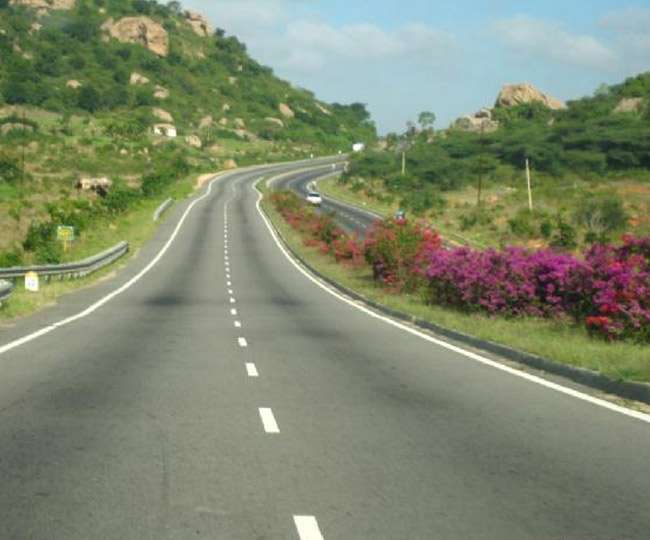India-Myanmar-Thailand Trilateral Highway
The India-Myanmar-Thailand Trilateral Highway project, an ambitious endeavor aimed at connecting Kolkata to Bangkok via Myanmar, is set to significantly boost regional connectivity and cooperation. Established under the Bay of Bengal Initiative for Multi-Sectoral Technical and Economic Cooperation (BIMSTEC), this highway project holds immense potential for economic development, cultural exchange, and people-to-people contact among member nations.
BIMSTEC: Promoting Cooperation and Integration
BIMSTEC, established in 1997, comprises seven member countries, including Bangladesh, Bhutan, India, Myanmar, Nepal, Sri Lanka, and Thailand. The organization focuses on fostering cooperation among member nations in various sectors, such as trade, investment, technology, energy, tourism, agriculture, fisheries, and more. The India-Myanmar-Thailand Trilateral Highway project is one of the crucial initiatives under BIMSTEC, aiming to enhance connectivity and integration in the region.
The Length and Objectives of the Trilateral Highway
The India-Myanmar-Thailand Trilateral Highway is expected to stretch approximately 1,300 kilometers, serving as a four-lane road network connecting Moreh in India to Mae Sot in Thailand, passing through Myanmar. This ambitious project aims to facilitate trade, tourism, and cultural exchange among the member nations, boosting economic growth and regional cooperation.
Completed Sections and Ongoing Construction
Several sections of the trilateral highway have already been completed, including Moreh-Tamu-Kalewa, Yagyi-Chaungma-Monywa, and Monywa-Mandalay, among others. These completed segments have already contributed to increased trade within the ASEAN-India Free Trade Area, promoting economic integration in the region. India’s involvement in the project includes the construction of two crucial sections in Myanmar: the Kalewa-Yagyi road section and the Tamu-Kyigone-Kalewa road section, along with the construction of 69 bridges.
Future Extensions and Regional Integration
Looking ahead, India has proposed extending the India-Myanmar-Thailand Trilateral Highway further to Cambodia, Laos, and Vietnam along the East-West Corridor of the Ayeyawady-Chao Phraya-Mekong Economic Cooperation Strategy (ACMECS). This comprehensive infrastructure development, covering a vast 3,200-kilometer network, holds the potential to enhance trade, economic cooperation, and connectivity among the participating countries, further strengthening regional integration.
Estimations and Motor Vehicles Agreement
The estimated cost for the Indian-funded sections of the trilateral highway is approximately Rs. 1837.87 crore. As negotiations continue, a Motor Vehicles Agreement is being discussed to regulate traffic and transportation along the trilateral highway. This agreement will play a vital role in streamlining cross-border movement, ensuring efficient logistics, and facilitating seamless connectivity.
Month: Current Affairs - June, 2023
Category: International / World Current Affairs


